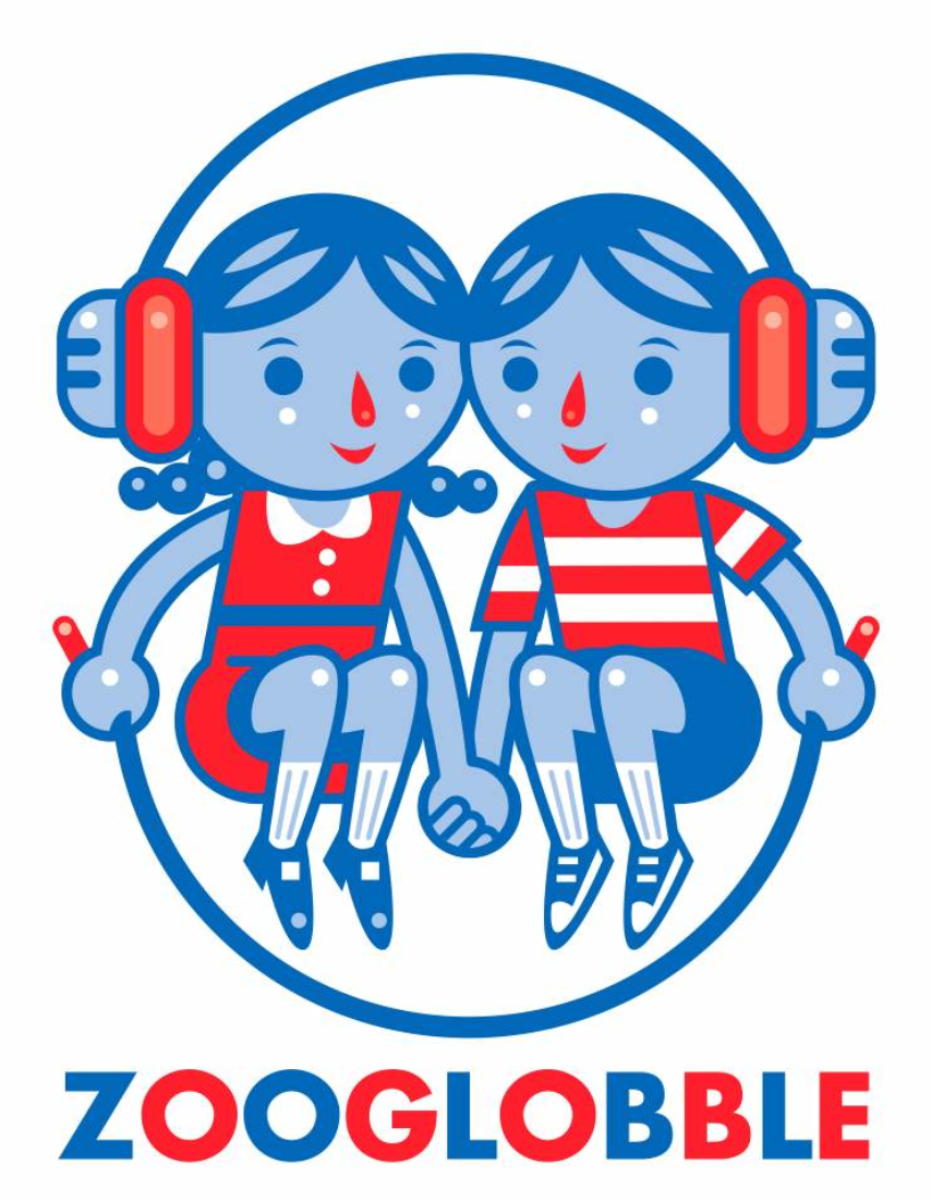Long before “kids music” was a category in the record store stacks or iTunes playlists, folk music was the heart of recorded music for kids. And while folk music remains an integral part of kids music, in the modern kids music world, other genres -- rock, to be sure, but also hip-hop, reggae, and others -- have expanded their influence.
Now, I would argue that that increase in non-folk music in kindie has specifically been one of the major contributors toward the vitality of the genre, but others would also argue that something has been lost when the music that was part of the American culture for generations slips away.
Portland’s Andy Furgeson, a puppeteer and musician who records for families as Red Yarn, doesn't strike me as the kind of guy who would rail against shifts in musical tastes. Rather, he's viewing it as a challenge to be met head-on. After all, if you title your latest album Deep Woods Revival, by definition you've decided to bring all the energy you can muster to new takes on old classics.
In the case of the traditional song “Buckeye Jim,” for example, it’s a fairly straightforward cover of the version Burl Ives recorded more than a half-century ago with some new lyrics added on. For another track, “Animal Fair,” Furgeson merges two songs from Carl Sandburg’s famous American Songbag, pulling “The John B. Sails” into the mix. Those are just two examples -- the entire album draws on a variety of folk music sources -- Alan Lomax, Ruth Crawford Seeger, Henry Spalding’s Encyclopedia of Black Folklore and Humor.
While the first half of the album is described as being for all kids, the liner notes suggests that the second half is for "brave kids and grown-ups." That half includes songs touching on more serious topics, like death and the not-always benevolent nature of the animal world. The album’s title track, the only song with entirely new music and lyrics, leads off that half and features a chorus of Portland-area musicians standing in for a forest’s worth of critters great and small having a revival.
I think the album is most appropriate for kids ages 3 through 10. (I think the second half might be of more interest to kindergartners and older, but it's not inappropriate for even the younger set.) You can stream the 36-minute album here. I'd also note that the physical copy of the album features some lovely artwork (dioramas! maps! illustrations!) made by many people, but most notably Ryan Bruce (art direction and illustrations) and Heather Lin (album design).
Red Yarn’s fervor for American folk music is evident on Deep Woods Revival. While folk music has never gone away in the children’s music genre, he forcefully makes the case for its continued relevance in the era of the mp3. Highly recommended.
ote: I was given a copy of the album for possible review.












